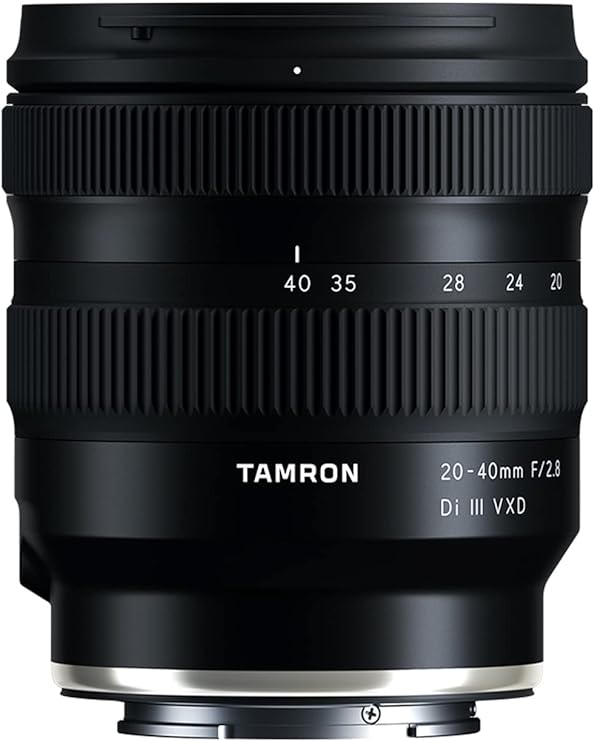Introducing the Tamron 20-40mm F/2.8 Di III VXD: A Versatile Vlogging Lens for Sony E-Mount Hybrids
In the ever-evolving world of photography and videography, content creators are continually seeking tools that offer both convenience and exceptional performance. Tamron, a renowned lens manufacturer, has recognized this trend and responded with the release of the Tamron 20-40mm F/2.8 Di III VXD lens—a versatile, wide-angle zoom lens designed specifically for Sony E-Mount hybrid cameras. In this comprehensive review, we will delve into various aspects of this lens, including its design and build quality, image sharpness and quality, practical applications, compatibility, and our final thoughts on its overall performance.
| Brand | Tamron |
| Focal Length Description | Wide angle from 20mm to 40mm |
| Lens Type | Standard |
| Compatible Mountings | Sony E |
| Camera Lens Description | 40 millimetres |
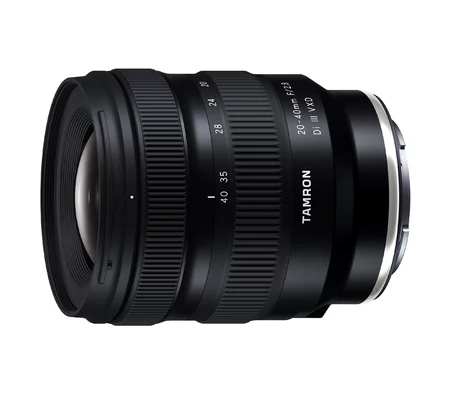
Design and Build Quality
Compact, Lightweight, and Weather-Sealed: The Tamron 20-40mm F/2.8 Di III VXD
One of the standout features of the Tamron 20-40mm F/2.8 Di III VXD is its compact and lightweight design. Measuring just 8.6 cm in length and 7.4 cm in diameter, this lens is remarkably small given its capabilities. However, don’t let its size fool you; it boasts robust construction and weather sealing, making it suitable for use in various outdoor conditions. We’ll explore the lens’s ergonomic qualities and how it feels in hand, including its weight distribution and handling on different camera bodies.
When it comes to camera lenses, a balance between design, build quality, and practicality is essential. The Tamron 20-40mm F/2.8 Di III VXD strikes an intriguing equilibrium in these aspects.
Compact and Lightweight:
Tamron has managed to create a lens that is remarkably compact and lightweight, measuring just 8.6 cm in length and 7.4 cm in diameter. This compactness is a boon for photographers and videographers who value portability and flexibility in their gear. It ensures that the lens won’t add significant bulk or weight to your camera setup, making it an excellent choice for on-the-go shooting.
However, while it’s small in size, the lens has a denseness to it that becomes evident when you hold it. This density stems from its robust construction, which combines metal and high-quality materials. This quality build instills confidence in users, assuring them that the lens can withstand the rigors of daily use and some adverse environmental conditions.
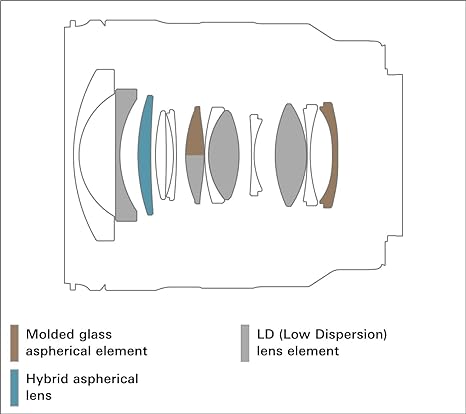
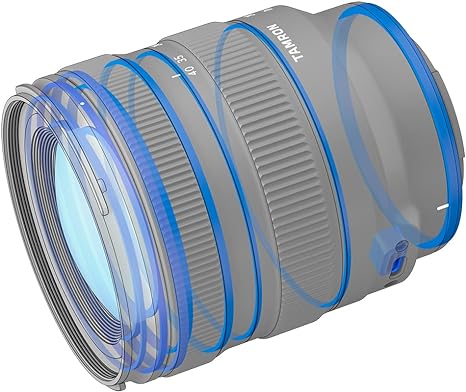
Weather-Sealed Construction:
A notable feature of the Tamron 20-40mm F/2.8 Di III VXD is its weather-sealed construction. This adds a layer of durability and reliability, allowing photographers and videographers to use the lens in challenging outdoor settings. While it may not be completely waterproof, the lens can handle light rain and damp conditions without compromising its functionality.
The inclusion of weather sealing is particularly valuable for photographers who shoot landscapes, travel, or events where unpredictable weather is a constant concern. Knowing that your lens is protected against moisture and dust gives you peace of mind while exploring various shooting environments.
Ergonomics and Handling:
The lens is designed with practicality in mind. Its compact form factor makes it easy to handle and carry, especially when mounted on a compatible camera body. However, there’s a consideration to keep in mind regarding balance, especially if you’re using a smaller, lightweight camera body. When attached to a camera like the Sony Alpha 7C (A7C), the lens may create a slight imbalance, particularly if you’re vlogging and holding the camera at arm’s length without a handle. This is something to be aware of, but it’s not a deal-breaker.
Additionally, the lens maintains the aesthetic and functional elements of Tamron’s recent releases, such as the 28-75mm F/2.8 Di III VXD G2. It features a clean, modern design with a focus on user experience. While it lacks a configurable button, it retains a USB-C port, allowing for convenient firmware updates via the Tamron Lens Utility app. This app enables users to customize various parameters, such as the speed of autofocus transitions or assigning different functions to the focusing ring, enhancing the lens’s adaptability to specific shooting needs.
Conclusion on Design and Build Quality:
In the realm of camera lenses, the Tamron 20-40mm F/2.8 Di III VXD excels in its compactness, solid build, and weather-sealed construction. Its design caters to photographers and videographers who value portability, reliability, and the flexibility to shoot in diverse conditions. While there may be some considerations regarding balance on smaller camera bodies, this lens offers a compelling package that combines practicality with durability, making it a suitable choice for a wide range of shooting scenarios.
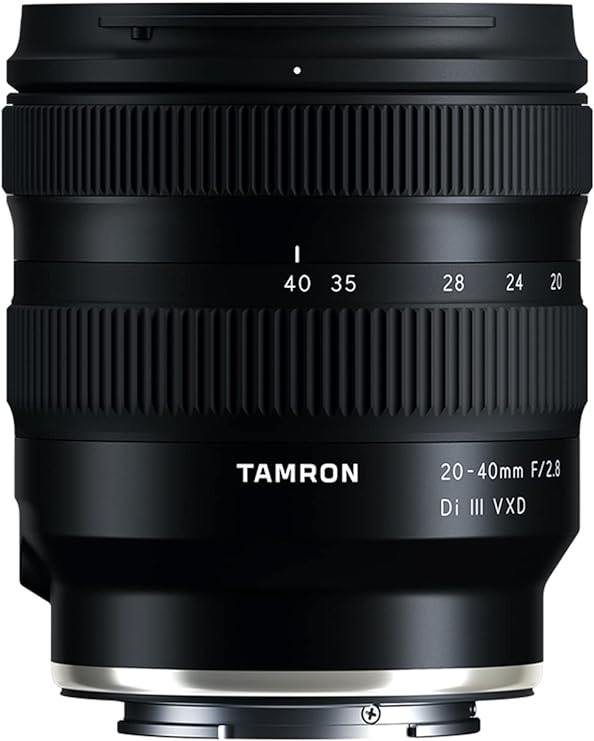
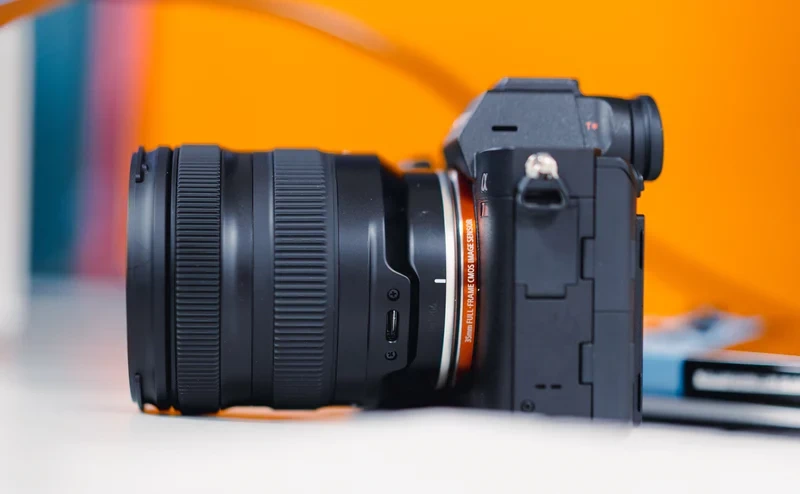
Image Quality and Sharpness
Exemplary Image Sharpness and Consistency
When it comes to lenses, image quality is paramount. The Tamron 20-40mm F/2.8 Di III VXD doesn’t disappoint in this regard. We conducted extensive tests to evaluate its image sharpness and quality across different focal lengths and apertures. From our findings, it’s clear that this lens delivers impressive sharpness, particularly at its widest aperture of f/2.8. We’ll delve into the nuances of its performance, examining how it fares at various focal lengths and apertures, as well as its consistency across the frame. Additionally, we’ll discuss its handling of distortions, chromatic aberrations, and vignetting.
The ultimate test of any camera lens lies in its ability to capture images with clarity, sharpness, and vibrant colors. In this regard, the Tamron 20-40mm F/2.8 Di III VXD not only meets but often exceeds expectations.
Exceptional Sharpness:
One of the lens’s standout qualities is its exceptional sharpness. Whether you’re shooting at the widest angle (20mm) or the full aperture of f/2.8, the results are remarkably sharp. This lens performs particularly well in this aspect, ensuring that your images are detailed and crisp.
As you stop down the aperture to f/4 and f/5.6, the sharpness peaks, maintaining an excellent level of detail across the frame. Even at f/8, the sharpness remains impressive, demonstrating the lens’s consistency in delivering high-quality images.
At mid-zoom (30mm), the lens continues to exhibit commendable sharpness, with optimal results achieved between f/4 and f/5.6. This range allows you to capture images with exceptional clarity, making it suitable for a wide range of photography genres.
However, where the Tamron 20-40mm F/2.8 Di III VXD truly shines is at its full zoom capacity (40mm). Even at the widest aperture of f/2.8, the lens provides a level of sharpness that rivals high-end lenses from competitors. Stopping down the aperture to f/4 and f/5.6 only enhances the sharpness further, making it an ideal choice for capturing intricate details and fine textures in your subjects.

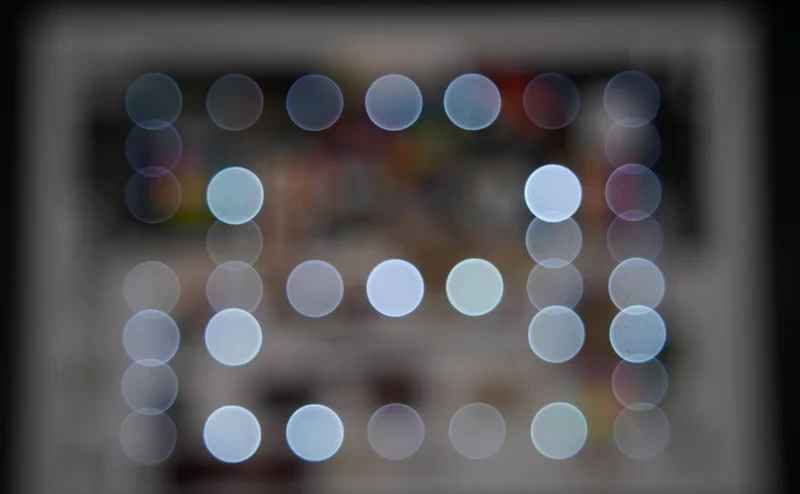
Homogeneity and Consistency:
While the lens offers remarkable sharpness throughout its focal range and aperture settings, there is a notable consideration when it comes to homogeneity across the frame. Some variance exists between the corners and the center of the image, regardless of the aperture and focal length. This is a characteristic worth noting, especially for photographers who demand absolute uniformity in image sharpness.
Chromatic Aberrations:
Chromatic aberrations, often manifesting as colored fringes along high-contrast edges, are minimal with the Tamron 20-40mm F/2.8 Di III VXD. This lens demonstrates effective control over lateral chromatic aberrations, ensuring that your images are free from distracting color fringing.
Distortions:
As a wide-angle zoom lens, the Tamron 20-40mm F/2.8 Di III VXD exhibits some distortions, which is typical for this category of lenses. These distortions are most noticeable at the widest angle (20mm) and become more pronounced at 40mm. However, modern cameras with internal corrections can easily compensate for these distortions in JPEGs and video sequences, preserving the overall quality of your visuals.
Vignetting:
Vignetting, the darkening of the periphery of the image relative to the center, is present with this lens. It’s particularly noticeable at the widest angle (20mm) and remains visible even as you stop down the aperture. While internal corrections can mitigate this effect in JPEGs, photographers shooting in RAW may need to make adjustments during post-processing.
Conclusion on Image Quality and Sharpness:
The Tamron 20-40mm F/2.8 Di III VXD delivers exemplary image quality with exceptional sharpness as its standout feature. Whether you’re shooting at various focal lengths or adjusting the aperture, the lens consistently produces detailed and crisp images. While there may be some homogeneity variance across the frame and minor distortions and vignetting, these factors are manageable and do not significantly detract from the lens’s overall performance. Photographers who prioritize sharpness and image quality will find the Tamron 20-40mm F/2.8 Di III VXD to be a reliable and capable companion for their creative endeavors.
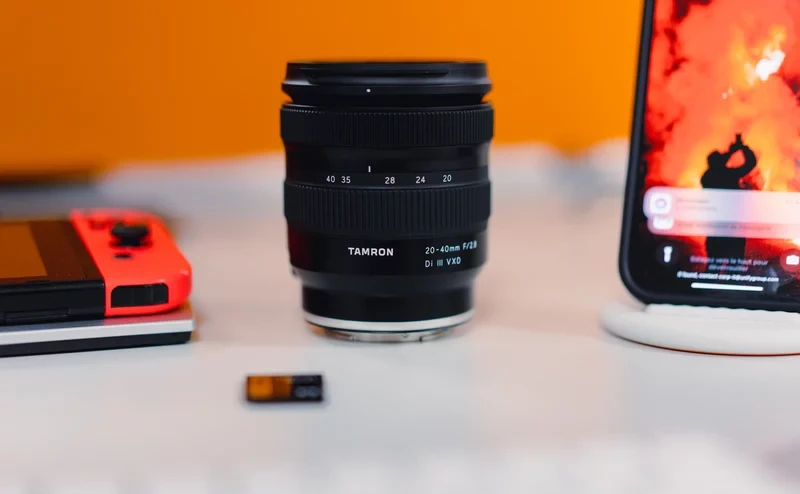
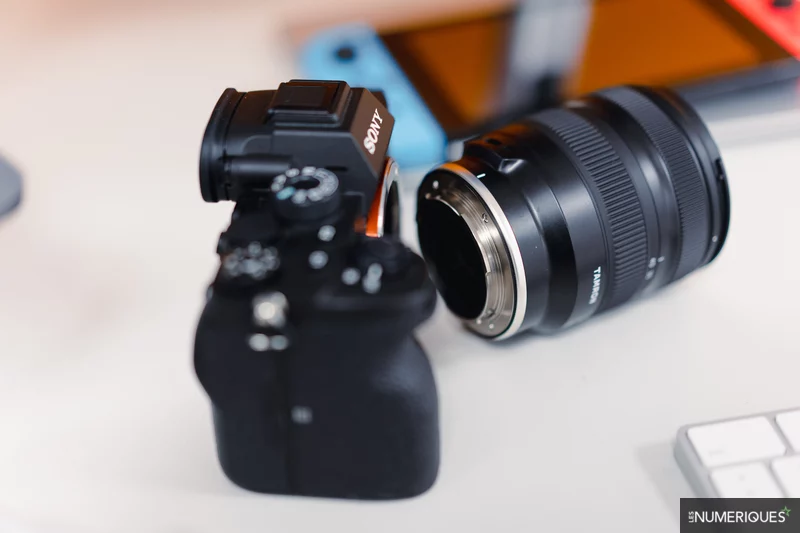
Practical Applications
From Vlogging to Versatile Photography: Real-World Usage
The Tamron 20-40mm F/2.8 Di III VXD is a lens designed with practicality in mind. We explore its applications in real-world scenarios, ranging from vlogging, where its wide-angle capabilities shine, to architectural and landscape photography. However, we’ll also address its limitations for portrait photography and discuss the quality of background blur, or bokeh, it produces. Close-range distortion considerations are also taken into account, ensuring you have a comprehensive understanding of its practical uses.
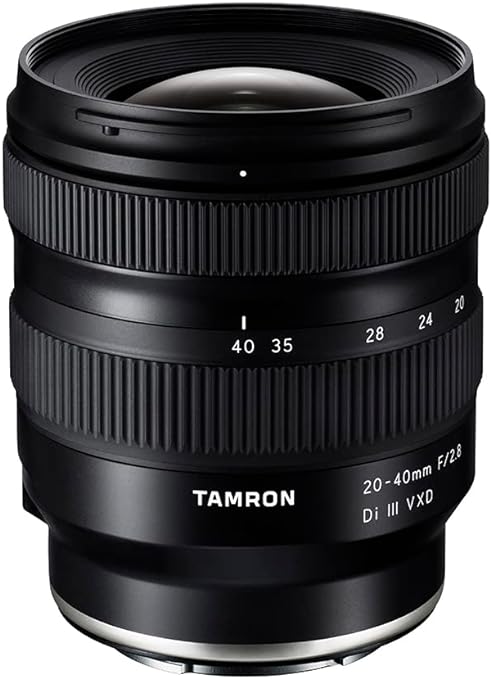

Stabilization and Compatibility
Steady Shots and Compatibility Insights
A notable aspect of this lens is the absence of optical stabilization, which may raise concerns for some users. However, we’ll clarify why this omission may not be a significant drawback, particularly for Sony E-Mount cameras equipped with sensor-based stabilization. We’ll also discuss the lens’s compatibility with various Sony hybrid models and how it interacts with their stabilization systems.
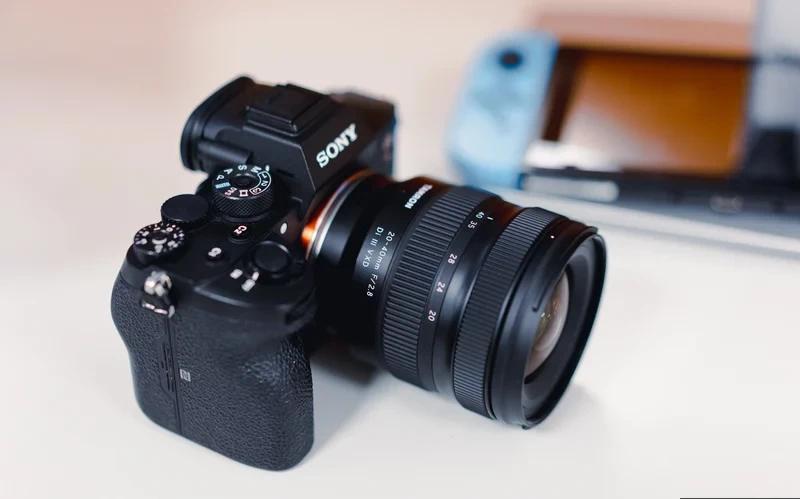
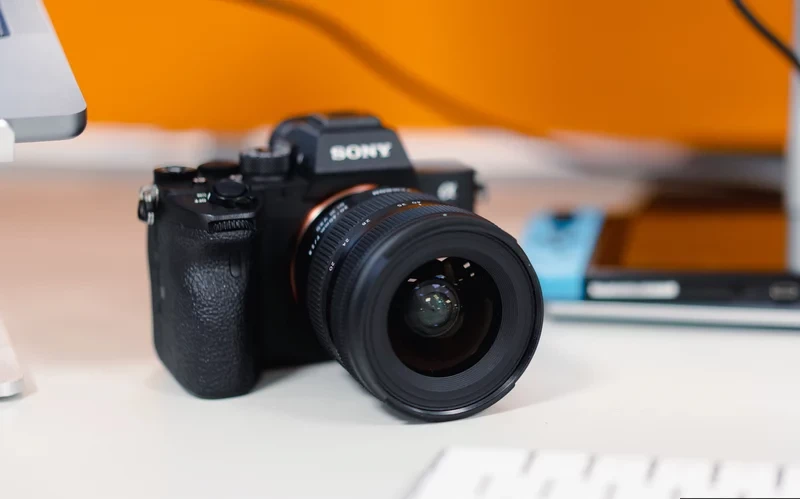
Sample Pictures

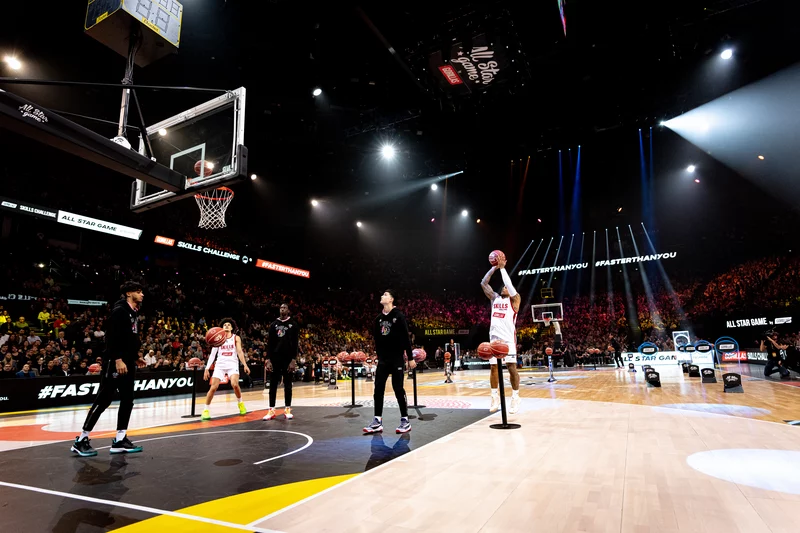
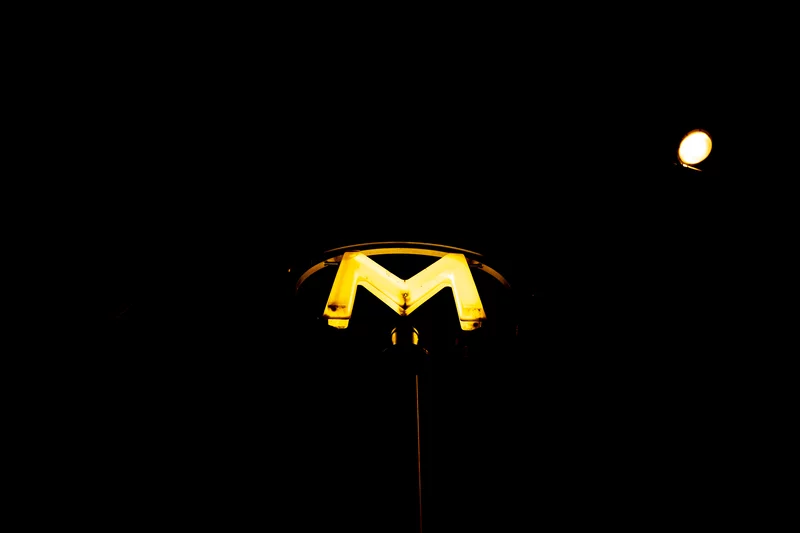
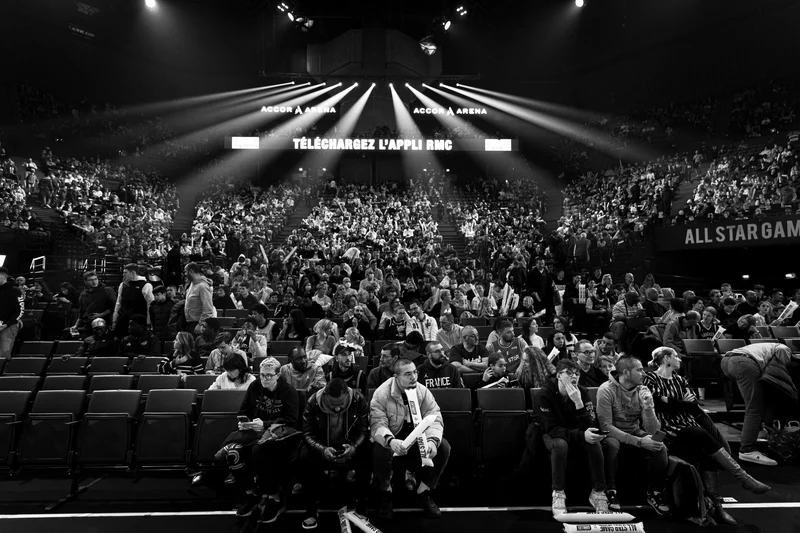


Conclusion
Compact, Bright, and Versatile: The Tamron 20-40mm F/2.8 Di III VXD
In conclusion, the Tamron 20-40mm F/2.8 Di III VXD proves to be a valuable addition to the world of lenses designed for Sony E-Mount hybrid cameras. Its compact form factor, impressive image quality, and versatility make it an attractive option for content creators, especially vloggers. Despite some limitations, such as the absence of optical stabilization, this lens offers excellent value for those seeking brightness and image quality in a compact package. With its exceptional performance in a wide range of scenarios, the Tamron 20-40mm F/2.8 Di III VXD stands as a noteworthy choice for photographers and videographers alike.
Advantages of Tamron 20-40mm F/2.8 Di III VXD:
- Bright Aperture: The lens features a constant wide aperture of f/2.8 throughout the zoom range. This allows for excellent low-light performance and creates a beautiful background blur (bokeh) for creative photography.
- Compact and Lightweight: The lens is relatively small and lightweight, making it a portable option for photographers and videographers on the go. It won’t add significant bulk to your camera setup.
- Versatile Focal Length: The 20-40mm focal length range is versatile, covering wide-angle to short-telephoto perspectives. It’s suitable for various photography styles, from landscapes to portraits.
- Fast and Quiet Autofocus: The VXD (Voice-coil eXtreme-torque Drive) autofocus motor provides fast and virtually silent focusing, making it ideal for both photography and video recording.
- Excellent Image Quality: The lens offers good sharpness, even at wider apertures, and it performs well in low-light conditions. Chromatic aberrations and distortions are also well-controlled.
Disadvantages of Tamron 20-40mm F/2.8 Di III VXD:
- Limited Zoom Range: While the lens covers a useful focal length range, it may not be sufficient for photographers looking for extreme wide-angle or telephoto capabilities.
- No Image Stabilization: The lens lacks built-in optical image stabilization. While this may not be a significant drawback for some cameras with in-body stabilization, it can affect handheld shooting in low light.
- Vignetting at Wider Apertures: Vignetting (darkening of corners) is noticeable, especially at wider apertures like f/2.8. While this can be corrected in post-processing, it’s something to consider.
- Price: The lens is priced at the higher end of the range for similar lenses, which may deter budget-conscious photographers who are looking for more affordable options.
- No Weather Sealing: It lacks weather sealing, which means it may not be as durable or suitable for shooting in challenging weather conditions compared to some other lenses designed for outdoor use.
